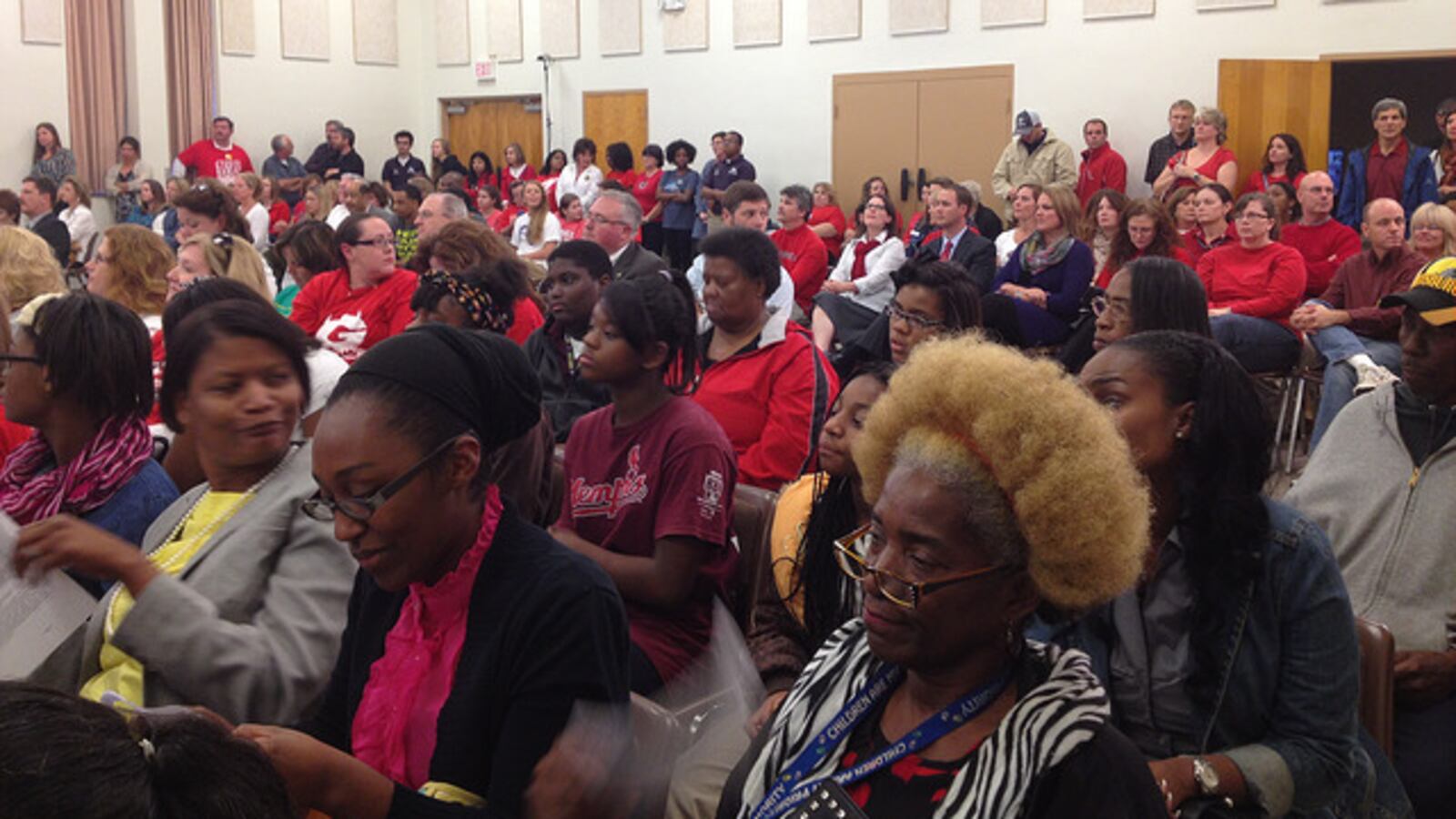When six suburban school districts pulled out of the newly merged Shelby County Schools district in 2014, they set back years of efforts to achieve equity for students across Memphis.
They also joined a much broader trend — of predominately white communities seceding from racially integrated school districts, and taking with them resources that could help their cities’ neediest students.
U.S. News and World Report recently took a look at the quiet trend, which threatens to deepen challenges for poor students in cities across the country. From the story:
Dozens of school districts have similarly broken away from bigger ones – at least 36 since 2000, according to EdBuild, a nonprofit that focuses on education funding and inequality – moves that went largely undetected. In almost all cases, the communities involved were less diverse and had higher property values than those they left behind, compounding socioeconomic inequalities that plague public schools. “All this stuff is happening really quietly,” says Rebecca Sibilia, founder of EdBuild. “You’re talking about students who are left behind and who are further disadvantaged by the fact that their neighbors are able to move the goal posts on them.”
The article calls the municipal districts’ secession in Memphis — known locally as the demerger or municipality split — “one of the most egregious cases of secessions.”
Six municipalities that had been part of Shelby County Schools before the Memphis City Schools district joined in 2013 seceded and reconstituted themselves as independent districts over a single summer in 2014. The move created competition for students, budget pressure, and real estate battles that continue to this day.

